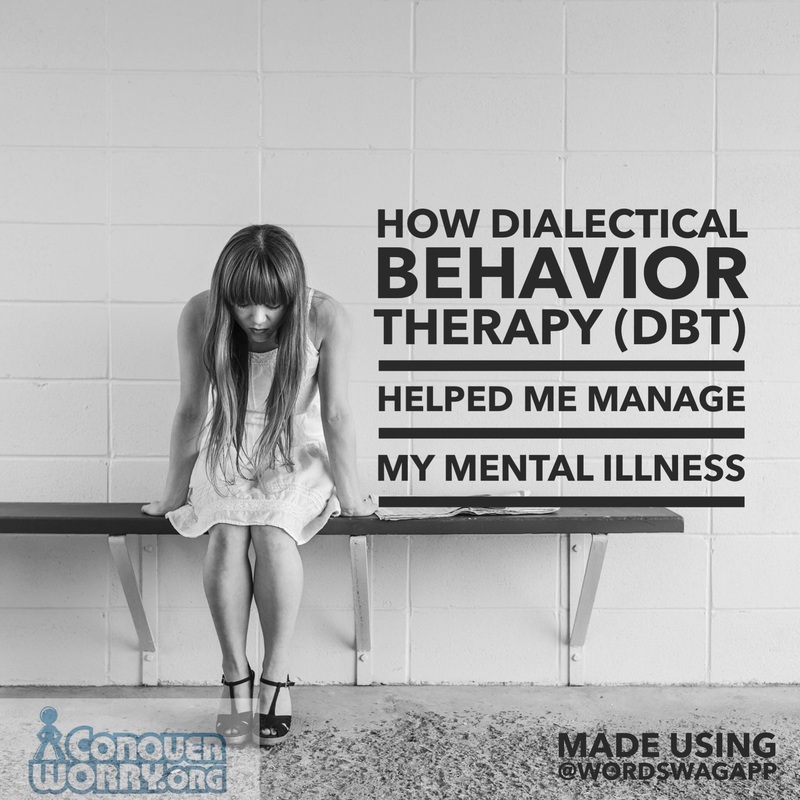|
Article by Sammi Sumampong Edit and Blog Design by Christy Zigweid Photo by Ryan MacGuire via Pixabay CC Photo made using @WordSwagApp During 2010, I suffered a mental breakdown that led me to the required seventy-two hour stay in the psych ward. After my stay, I attended an outpatient therapy group in which I was introduced to Dialectical Behavior Therapy (DBT), a cognitive behavioral treatment that was developed by American psychologist Marsha M. Linehan to treat chronically suicidal patients who were diagnosed with borderline personality disorder. The treatment combines traditional cognitive behavior therapy and mindfulness techniques. Even though I don’t have borderline personality disorder, DBT has made a huge impact in decreasing my anxiety, anger, resentment, and other uncomfortable emotions. Unlike other traditional mental health treatments, DBT focuses on accepting and tolerating distress rather than pushing it away. This is the mindfulness part. Here are some methods I still use from DBT: 1. Instead of viewing my anxiety and other uncomfortable feelings as bad, I view them in a neutral manner. It helps me control my reactions and analyze my situation. 2. If someone or an event makes me uncomfortable, I make a story of my emotions:
Going through those steps lifts my focus away from the person or event that affects me, and helps me think through my next steps. 3. Another strategy I use that’s part of DBT is problem solving. If I’m anxious about something I try to have back up plans just in case the worst happens. It helps me prepare and realize that the “worst that can happen,” isn’t so bad after all. 4. My favorite strategy from DBT is the one I use most often and that is accepting my emotions. I experience my emotions, all of their ugliness, accept it, and it dissipates on its own. I like this strategy because it allows me to experience my emotions rather than distract them, which is something that always bothered me with other therapy methods. Even though DBT was designed for borderline personality disorder, the distress tolerance exercises can be applied to other mental illnesses and dealing with difficult events and people. About the Author
1 Comment
|
Listen To The ConquerWorry™ PodcastArchives
March 2016
Categories
All
|





 RSS Feed
RSS Feed